Going, going, gone! The oral history of the most monumental classic car sale of all time (Part I)
[Note: This is the first story in a multi-part series running on Hagerty Insider. You can read part II here. Sign up for the Insider newsletter to get a deep dive into the collector car market every Sunday.]
For serious collectors of vintage cars, the calendar is filled with top-flight auctions, many of which could vie for the title of most important. Monterey. Scottsdale. Rétromobile. In a sense, however, they all flow from a series of sales that took place in the mid-1980s. Those auctions liquidated the holdings of the Harrah’s Automobile Collection, considered by many to be the most significant amassment of vintage cars ever assembled. Three blockbuster events—all done rapid-fire style and with every car selling at no reserve—played to a packed house of the era’s top collectors and those who aspired to join them. To this day, those events stand as the greatest going-out-of-business sale the classic car world has ever seen.
Yet the circumstances around the sales—why they had to happen in the first place, how they were organized, and what their true impact was—have never been widely understood. Automotive historian and museum curator Ken Gross explored the sale for Hagerty Insider, interviewing many of the people involved.
Part I: Who was William Harrah?
The Harrah’s Automobile Collection reflected the passion, and the fortune, of one man: William Fisk Harrah.
Born in South Pasadena, California, in 1911, Bill Harrah had to drop out of UCLA during the Depression, worked briefly in his family’s small-time entertainment businesses, then took over his Dad’s pool hall and bingo parlor in the 1930s. In just three years, he had parlayed a $100 per week “Tango Bingo” game into a $25,000 annual business.
Seeking broader success, Harrah bought his way into the semi-cloistered Reno gambling fraternity. Over time, always raising standards and hiring the best people he could find, his hotels and casinos expanded exponentially in Reno and Lake Tahoe. A reformed gambler himself, he worked to overcome the gaming industry’s sleazy reputation by creating the Nevada Gaming Control Board in 1955.
Always focusing on customer service, renowned as a benevolent employer, and described as “an impeccable host,” Harrah raised industry standards, attracted and befriended headline entertainers, like Frank Sinatra, Bill Cosby, Sammy Davis, Jr., the Smothers Brothers, and a young Jay Leno, while expanding his operations to Las Vegas.
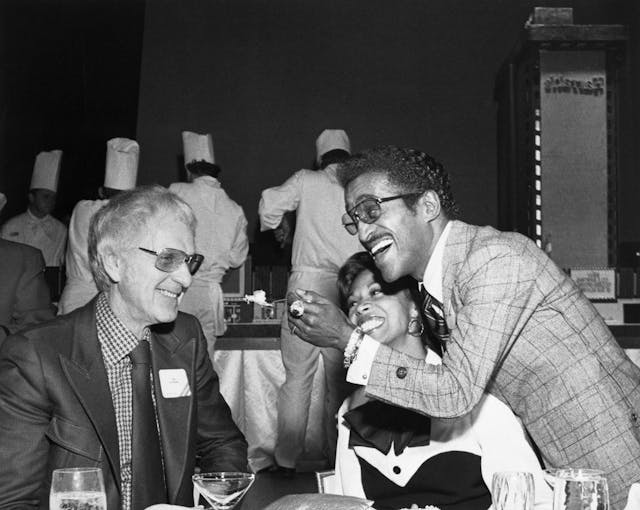
Harrah’s many other businesses included auto sales—he was a Ferrari dealer, and he became the Ferrari distributor for the Western United States. He owned a Jeep dealership, as well as other auto franchises. To help publicize his enterprises, Bill Harrah sponsored Unlimited Hydroplane racing. His speedy “Tahoe Miss” won five races and was the American Power Boat Association (APBA) Gold Cup winner in 1966, on the way to a National Championship.
Considered an entrepreneur and a canny businessman, always a sharp dresser, outwardly shy, but insidiously clever with innovative promotions and bold new business practices, Harrah overcame a drinking problem, and was married seven times to six different women. His shortest marriage (four months) was to singer-songwriter, Bobbie Gentry, whose haunting ballad, “Fancy,” describes a star-crossed relationship between an older man and a poor Southern prostitute.
Although his personal life, for a time, was erratic, the steady success of Harrah’s glitzy hotels and casinos helped finance an immense automobile collection which reached nearly 1500 vehicles, including some of the rarest and most valuable cars of all time.
“He just loved the stuff.”
Mark Smith (owner, Smith Automotive Investments): He was a true gentleman, just the nicest man, and a true car guy.
David Gooding (CEO of Gooding & Company Auctions): He was a gambler. He lived a very extreme life. [Gooding’s father, Ken, managed the 25-person-strong Harrah’s Automobile Collection research department.]
Phil Satre (Former Harrah Corporation president and CEO, currently chairman of Wynn Corporation): He was extremely shy. And he didn’t have a (firm) handshake grip—he just kind of left his hand out there … I came [to Harrah Corporation] in 1975 and he died in 1978. Meade Dixon, who became the executor of his estate, would have me go to the office with him, and to sit down to talk with Bill Harrah about what he wanted done on a project. I worked on the [contracts for] cars and I worked on his divorces [laughs], of which there were many.
Meade Dixon (Harrah’s executor and Harrah Corporation chairman): Bill loved to drive automobiles, but he was used to getting into a car that somebody else prepared for him—had it cleaned and all running and sitting out front.
He loved to go as fast as he could, and he loved to speed from Reno to Lake Tahoe in his Ferraris. When the Clear Creek grade from Carson City up to the south end of the lake was paved, but the curves left unbanked, he was so happy, because it made the curves more difficult to drive at high speed. That was delirious fun, and it brought him a great deal of joy. [All Dixon quotes excerpted from the book, Playing the Cards that are Dealt, published in 1992.]

Cindy Wade (Bill Harrah’s executive secretary): He had his routine, which he followed fairly closely every day. He would come into the office by 10:00 and would usually stay, have lunch, and then go out to the auto collection and spend the afternoon, then go home.
Warren Brown (auto editor, Washington Post, deceased): People here still laugh about how punk kids in their high-powered street machines would pull up at a stoplight alongside Harrah’s ‘Jerrari’ (a custom-built Jeep Grand Wagoneer with a Ferrari GTC/4 V-12 powertrain). The kids would rev their engines and nose up to the crosswalk line, ready to embarrass the silver-haired senior citizen in the boxy Jeep wagon. Harrah would slip the Jerrari into first and then pop it into second. Varoom! The kids were left in his dust. The Jerrari was very special to Harrah.
Harrah began collecting cars in 1948, starting with a 1911 Maxwell and a 1911 Ford. His collection grew erratically at first. But it grew big enough that, by 1962, Harrah moved the fleet into a jumble of former ice storage buildings in nearby Sparks, Nevada. [Excerpted from 1984 Washington Post story]
Clyde Wade (Harrah’s Automobile Collection general manager): We had [ads in] every major newspaper clipped every day and sent to Bill Harrah. He would check off [the cars] he wanted looked into, and we bought a lot of cars that way.
Smith: He just loved the stuff. I’ll tell you a funny story. I guess it was the second year of Atlantic City, at the old convention hall. Peter Helck [the famous auto artist] had a booth in the flea market, selling his wares. He had about 25 to 30 paintings and pen-and-inks, and Bill Harrah walked up, and I believe Helck didn’t actually know who he was. [Harrah] looked at everything, and he didn’t say a word. Eventually Peter Helck approached Bill Harrah and asked if he could help him and tell him anything about the artwork. Bill turned around and said, “You’re the artist, I like your work. How much?” Helck said, “Which one?” and Harrah replied, “How much?” He bought everything.
Gooding: There were semi-trailer trucks bringing cars that they’d picked up around the country, every few days—both cars that were pulled out of barns and new purchases. They had different car spotters in different parts of the country. That’s how my father got to know Bill. Initially (my Dad) was the car spotter in the L.A. area, so he’d write in and say, ‘I know about this car,’ and they would say ‘tell us more.’ He’d take photos and write up reports, and they liked his reports, so they eventually hired him to come work in Reno. They had car spotters all around the country, and in many parts of the world.
Harrah felt that these cars should be preserved, and he thought that a full-blown restoration was the best form of preservation and celebration of these cars—and that it was very important to restore a car to the highest, most authentic level, so it could be understood, seen, and preserved in perpetuity. That meant restorations were performed without regard for cost or economic return.

There were different levels of restorations. A Gold Star restoration, which was their highest level, was the most comprehensive with no expense spared. The interesting thing is that Gold Star restorations were not just done on valuable cars, but on anything that they deemed important. There were many cars, like a 1924 Franklin, that would be subject to—in today’s dollars—a $450,000 restoration, on a car that was worth, say, $25,000 to $40,000. There were hundreds of cars done to that level—Franklins, lesser Packards, Fords, Chevrolets.
Of course, he had the resources to do this. He set up a shop with 125 people full-time just to work on his car collection. Even 50 years later, a Harrah restoration still has cachet.
“The guys downtown … don’t like us at all”
Dean Batchelor (automotive journalist, author, deceased): At its peak, the museum had 1154 vehicles [some sources say the total was closer to 1800], with a focus on the history of American cars … Because of the cost of duplicating it, there won’t be another collection to rival it. Ever.” [Excerpted from Harrah’s Automobile Collection, One Man’s Tribute to the Great Automobiles of the World, published 1984]

Gooding: They had broken ground on a massive facility that would tell the story with much more spacing for the cars. The [existing] museum was basically a storage facility. It was nice, but all the cars were tightly packed in.
Clyde Wade: There was no love between us and the guys downtown (at the Casino). The guys downtown figure they’re generating the money and we’re spending it, and they don’t like us at all. We were putting on those boat races up at Tahoe, and we sponsored Ferrari races at Stead, and shoot, it was all just spending money and not generating any revenue.
Phil Satre: … In his organization in Reno, there were no car enthusiasts. He was the one who loved it. The other guys thought it was a waste of the company’s assets. Among some of his entertainers, there were some enthusiasts—Jay Leno, Bill Cosby, and others, so it’s interesting, but among the management team here, I think their view was “why aren’t we building more casinos in more places?”

He’d go to the Indianapolis 500, and he’d take an entourage and everybody who got to go on that (trip) felt very special—I know Meade and Lloyd did—because that was a very big event. But I don’t think any of them after that ever thought of going back to the Indianapolis 500.
Lloyd Dyer (Harrah Corporation president, 1975–1980): We acquired 360 acres on the southwest and southeast corners of McCarran Boulevard and I-80, and we hired an architectural firm out of San Francisco to design a [new] museum for us. We had some great ideas on how to display the cars at different angles and in different lighting, and some of the wheels would be turning … They were also going to put an old steam train out there and some airplanes.
John Gianotti (Vice-president of Community Affairs for Harrah Corporation): He was looking at buying the Spruce Goose and putting it in the lobby. [Excerpted from the book, Every Light Was On, published in 1999]
Verna Harrah (Bill Harrah’s wife): He wanted to have a casino with the car collection, and he wanted to have amusements for kids (which is exactly what’s happening in Las Vegas), and he would have been out front, the very first. He was, absolutely, a man head of his time.” [excerpted from Every Light Was On]
Dixon: The board authorized the expenditure of $45 million—an unheard-of sum in those days [$181 million today]—to build this hotel-museum-casino. Everybody knew it was going to lose money, but the question was, ‘What does Bill want?’ Bill wanted the museum, so the board authorized that project.
“I’m not going to try to dictate what happens to them after I die.”
Gooding: Bill Harrah came to Cleveland in 1978. My dad invited him to be the Grand Marshall of a Concours d’Elegance that he was organizing. Mr. Harrah came with his wife, Verna, and Bill Cosby, and we all spent time with him. He was handing out trophies and doing commentary as the cars came up on the ramp. From there, he flew directly to the Mayo Clinic [for a scheduled heart operation] and never came back.

Satre: Meade Dixon went with him to the Mayo Clinic along with Verna. I was back in Reno working on the documentation for Bill Harrah to buy the biggest retail auto dealerships on the East Coast. We had arranged a $25 million line of credit to make that acquisition, and we had all the documentation ready, and Meade said, ‘Do not sign it; do not send the cash until we know if he’s going to make it through this operation.’
[I’d asked Harrah,] do you want to do anything with Middlefork Lodge, or with the automobile collection? [He said] “No, those were things that I wanted, and they were how I approached the company, but I’m not going to try to dictate what happens to them after I die.”
[In fact, Bill Harrah did not make it. He died of a neural hemorrhage. He was 67. He was survived by his wife, Verna, 32, and their two sons, John Adam and Tony Lee]
Gooding: He ran out of time … I think he just bet on the fact that he was going to figure [the will] out and have more time. He was making an effort to have an even more extensive collection. My father had conversations with him about it and he said “No, I’ve got a plan in place.” He assured my Dad and many others.
Dixon: I think the first thing I did as chairman of Harrah’s after Bill died was to cancel that project [the new museum]. It would have been disaster for the company. The company had no money; the company’s earnings were in decline; and Bill had substantial personal debt besides the estate taxes to pay.
Cindy Wade: We started hearing that Harrah’s was going to be sold to Holiday Inns. Of course, this would have all kinds of ramifications for Clyde [Wade, her husband and manager of the collection] and me. There he was at the collection, and we knew that a new owner would not maintain the collection the way Mr. Harrah had done it, or even keep it, and so we knew the end was coming one way of the other. It was a year and a half then, when Holiday Inns finally took over.
[In 1980, two years after Bill Harrah’s death, the Holiday Inns Corporation bought Harrah’s Casinos, Inc. for $300 million.]
Satre: They appraised the assets, and I don’t have the appraisal in front of me, but it was in the neighborhood of $30 to $40 million, as I recall.
When you compare the value of the vehicles to the value of operating the museum, the museum operated at a pretty significant loss, of almost $1M annually. In those days, that was a lot of money. And the only way that they made up a little bit of that money was that long before Holiday Inn bought the company, they were holding auctions. These were primarily duplicate vehicles (and parts). Bill Harrah would buy a collection, and he had to buy the whole collection, and there would be duplication among vehicles, so he would turn around and sell them, and so did his estate before they made a deal with Holiday Inn.
Miles Collier (Collector, REVS Institute founder): A lot of collectors, back in the day, when it was revealed that Bill Harrah’s collection was part of Harrah’s Casino’s Inc., which was being sold to Holiday Inn, and the whole collection was going to be sold, got pretty pissed at Bill Harrah posthumously; What kind of a jerk are you?
There were consortiums, including the state of Nevada, who tried to buy the collection …
Tom Perkins (venture capitalist): I put a group together and I negotiated a purchase with Holiday Inn’s management in Memphis: $10 million cash, another $10 million cash from a bank loan secured by the collection, and a note from the seller for the balance—a total of $30 million dollars. A couple of weeks before we were to sign, the governor of Nevada got into the act. He let it be known that he considered the collection to be a vital part of Nevada, responsible for attracting thousands of tourists, and he would frown upon it being sold (his frown might possibly include cancelling the companies’ gambling licenses, my friends in Memphis feared). The deal was aborted.” [Excerpted from the book, “Valley Boy: The Education of Tom Perkins,” published in 2007]
Dixon: I had calls from all over to save the collection: from United States senators from other states; from Dave Thomas, the chairman of Wendy’s; and from the mayor of Reno.
Collier: When Holiday Inn first got involved, they knew that this was a fraught issue. And having no sense of the values yet, they committed to donating 115 or so cars, provided the local community could come up with the money to build a building—which turned out to be a herculean difficult task. But, once they met the letter of the agreement, then Holiday Inn forked over the cars. They talked about doing another backhand donation, which I think went up in smoke the moment they realized how valuable all this stuff was. [Holiday Inn ultimately donated about 175 cars for a non-profit museum, which became the National Automobile Museum in Reno.]
John Mozart (Collector) Holiday Inn just wanted to get rid of the cars. The cars were a big asset and they decided to start selling them off.
Clyde Wade: I feel that selling the collection was a big tragedy, a tremendous loss. There was a time when they considered it could have been a Smithsonian West … I suspect Holiday Inns figured they could realize more by selling it piecemeal and donating part of it rather than selling it intact.”
Part II, on the sales, will be published next week.
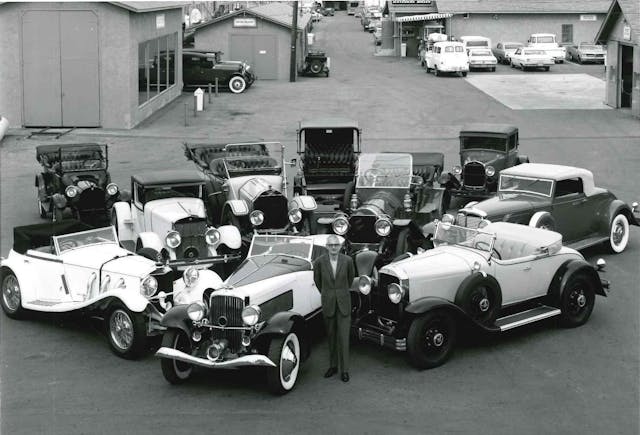
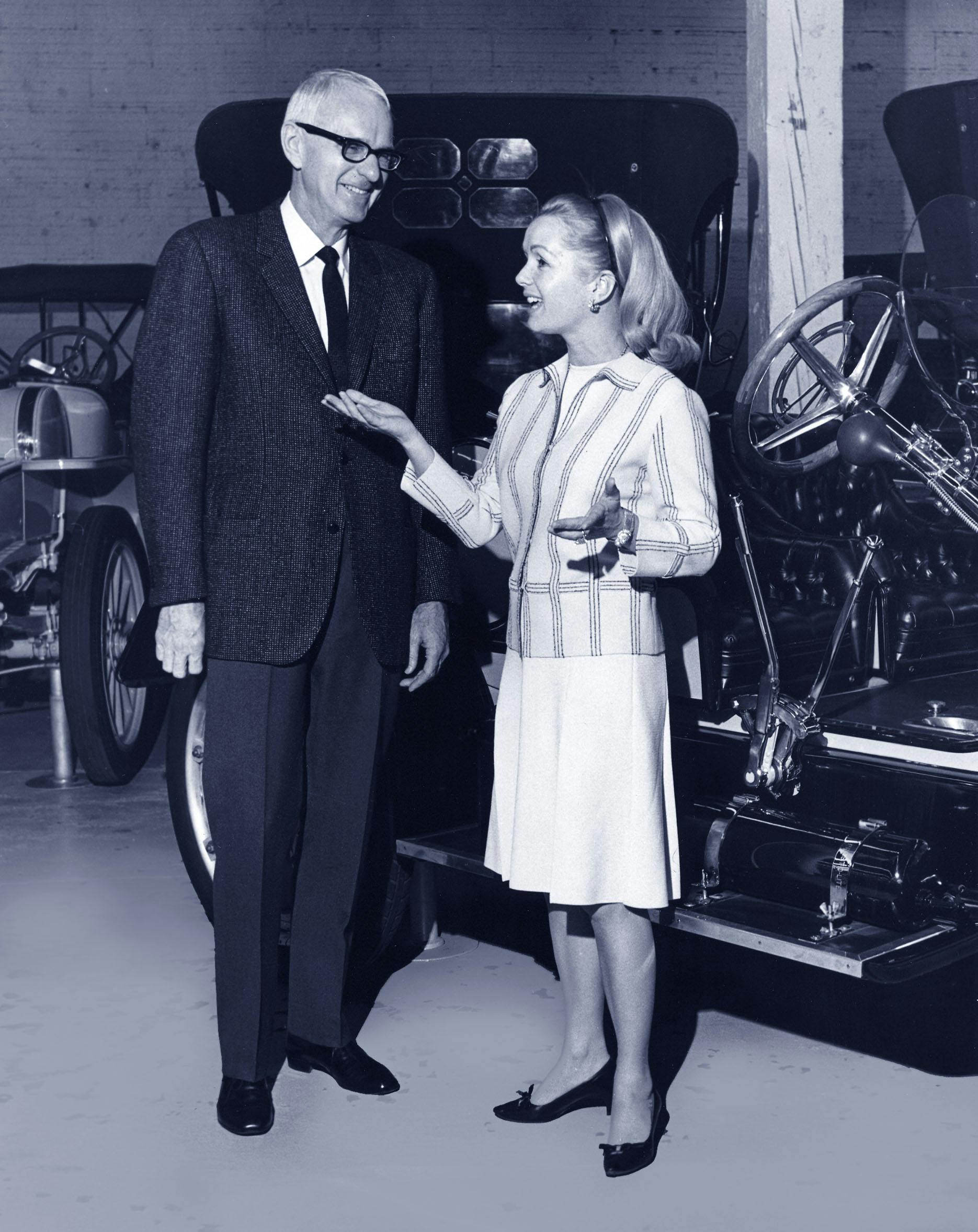
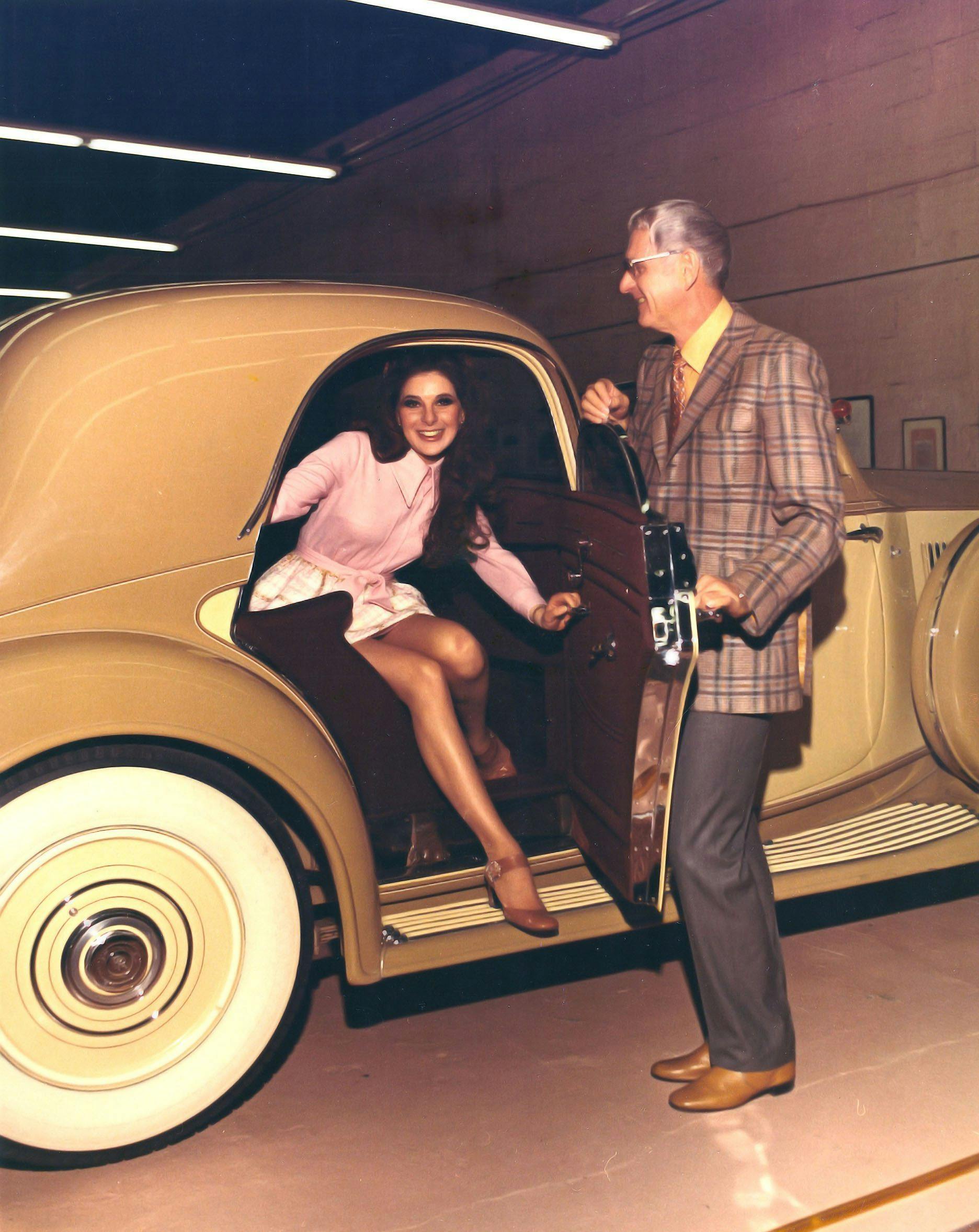
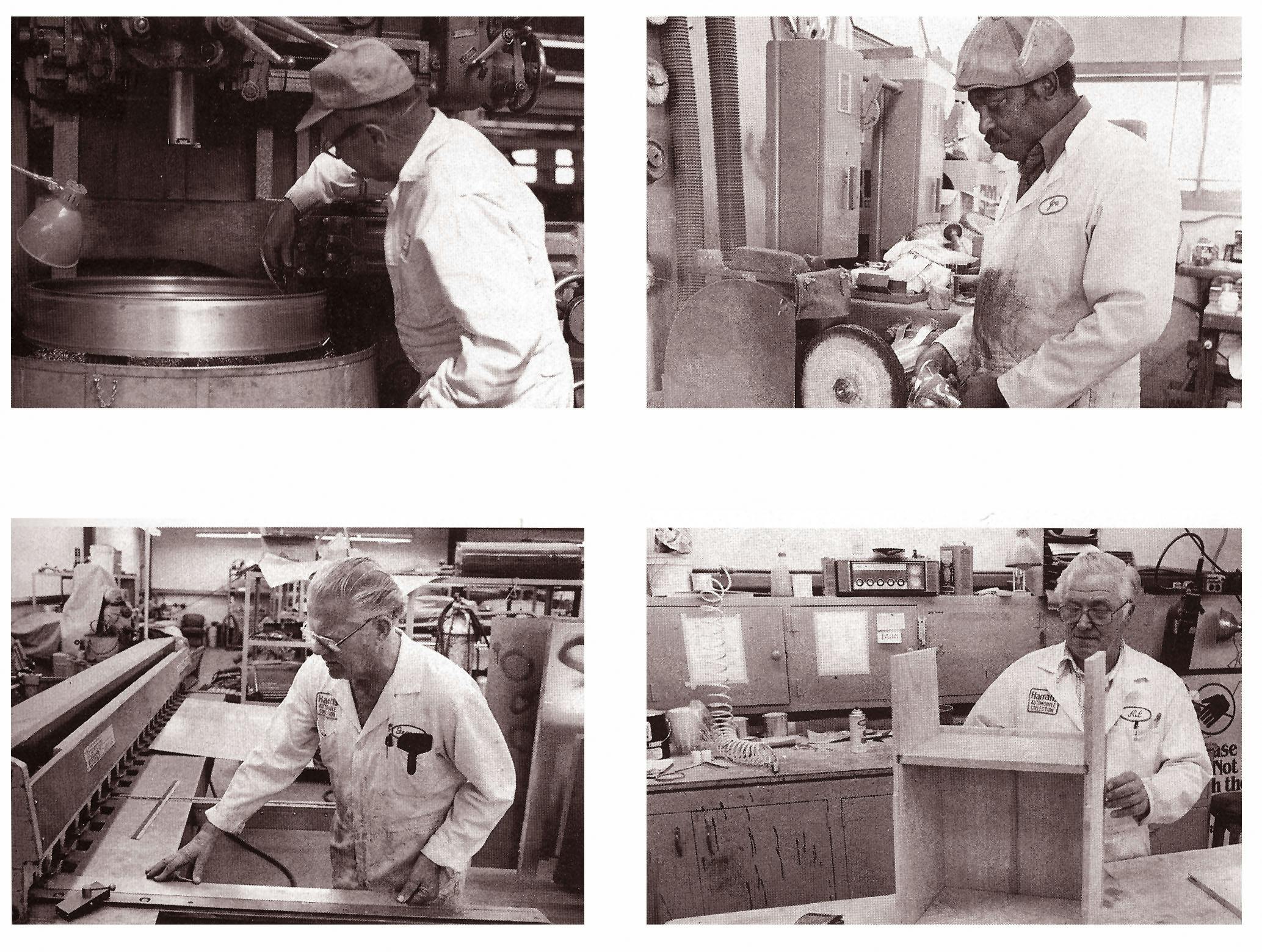


I’m in Las Vegas right now and did not even know Harrah’s here (or the Linq) had closed the car museum. Very sad ending, and your article here is a fantastic history of both Harrah and his venues and passions. i was just a kid when my parents took me with them to Harrah’s both in Reno and Las Vegas and the hotels always had special feel to me. I’ve got a Ferrrai now and the next time I take her out, I’ll be dedicating the ride to Harrah, his hotels, and his car collection. Thanks for all the history you’ve put together in this article!
I worked as a metal-man /bodyman at HAC, 1972 to 1977, and up at the Middle Fork Lodge a few times, repairing the old cars driven there. It was remarkable to me that with a standing price on the whole collection of $10M just after Mr. Harrah died, no buyer could be found – even with a value of $1M each on the two Type 41’s – not to mention the rows of Dueseys and Bugattis. It was sure an education to have worked there on the restorations, for those years. (I worked with those 4 guys in the white coveralls, Aldo, Joe, George and Al.)
do you have a list of cars and where they went of the collection from Rockefeller? mainly a 1912 locomoble and a 1907 Packard model 30. My uncle, Lenard Davis had restored these 2 cars.
At Sheep Dip, in the mid ’80s, Tad Dunbar sang (to the tune of God Rest Ye Merry Gentlemen):
We Sold 500 classic cars and pocketed the dough
We still have several hundred left but most of them will go
Bill Harrah wouldn’t like it much but he’s not around to know
Oh tidings of profit and joy
Profit and joy
Lower overhead means profit and joy
How do I submit coins for auctions.
I worked at Bill Harrah’s Casino in Stateline back in 1978. One day I was walking down Highway 50 and Bill drove by in an old White and Gold thing, some sort of earthbound version of a GB Sporter, with an enormous large bonnet covering the engine. Goggles, Scarf and a big ol’ smile.
Would you have a list of the cars in his collection before Harrah died?
I believe he bought my dad’s 1934 REO – “Flying Cloud” in 1963.
The car came from N.J. My dad was Frank Fineberg/ Frank’s Dairy
Is anyone interested in a Harrah’s Sterling Silver 1st Place Car Collection Show 1978 trophy? It appears it’s the last ever?